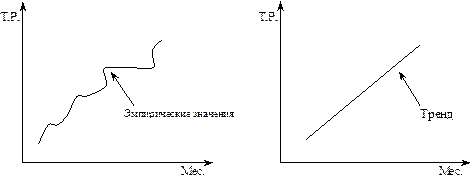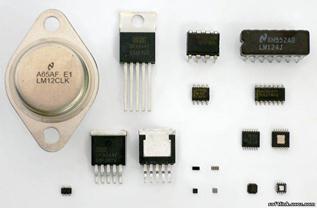Text B. Schooling in the United Kingdom
The quality of a country’s future life, commercially, industrially and intellectually, depends on the quality of its education system. From the end of the World War II the state in the United Kingdom provides a full range of free educational facilities. Those parents who prefer to send their children to private institutions, and could afford it, are free to do so. The organization of state schooling is not as centralized as in most European countries. Firstly, there is no prescribed curriculum. Secondly, the types of school available and the age ranges for which they cater vary in different parts of the country. In each area Local Education Authority is responsible for education. At any publicly-maintained school no tuition fees are paid. State schooling in the United Kingdom is financed partly by the Government and partly by local rates. Schooling is voluntary under the age of five, but there is some free nursery school education before that age. Primary education takes place in infant schools for pupils aged from five to seven and junior schools from eight to eleven. Some areas have a different system in which middle schools replace junior schools and take pupils aged from nine to twelve. Secondary education has been available in Britain since 1944. It is compulsory up to the age of sixteen, and pupils can stay at school voluntarily for up to three years longer. Until 1964 children took an “eleven plus” exam at the age of eleven. At this exam they were selected, or “streamed” according to their current level of academic attainment, for training in different types of secondary schools. Grammar schools provided a mainly academic course for the top 20 percent; modern schools provided general education with a practical bias. In 1965 non-selective comprehensive schools were introduced. Most local education authorities have now completely changed over to comprehensive schooling. At the age of sixteen pupils take school-leaving examinations in several subjects at the Ordinary level. The exam was conducted by eight independent examining boards, most of them connected with the university. This exam was called the General Certificate of Education. Pupils of comprehensive school had taken the examination called the Certificate of Secondary Education either with or instead of the General Certificate of Education, Ordinary level. The examination for the General Certificate of Education of Advanced (“A”) level was taken two years after the Ordinary level exam. It was the standard for entrance to University and to many forms of professional training. In 1988 both examinations were replaced by the more or less uniform General Certificate of Secondary Education. The private sector is running parallel to the state system of education. There are about 2500 fee-charging independent schools in Great Britain. Most private schools are single-sex until the age of 16. More and more parents seem prepared to take on the formidable extra cost for education. The reason is the belief that social advantages are gained from attending a certain school. The most expensive day or boarding schools in Britain are exclusive public schools like Eton college for boys or St. James’ school for girl.
|




